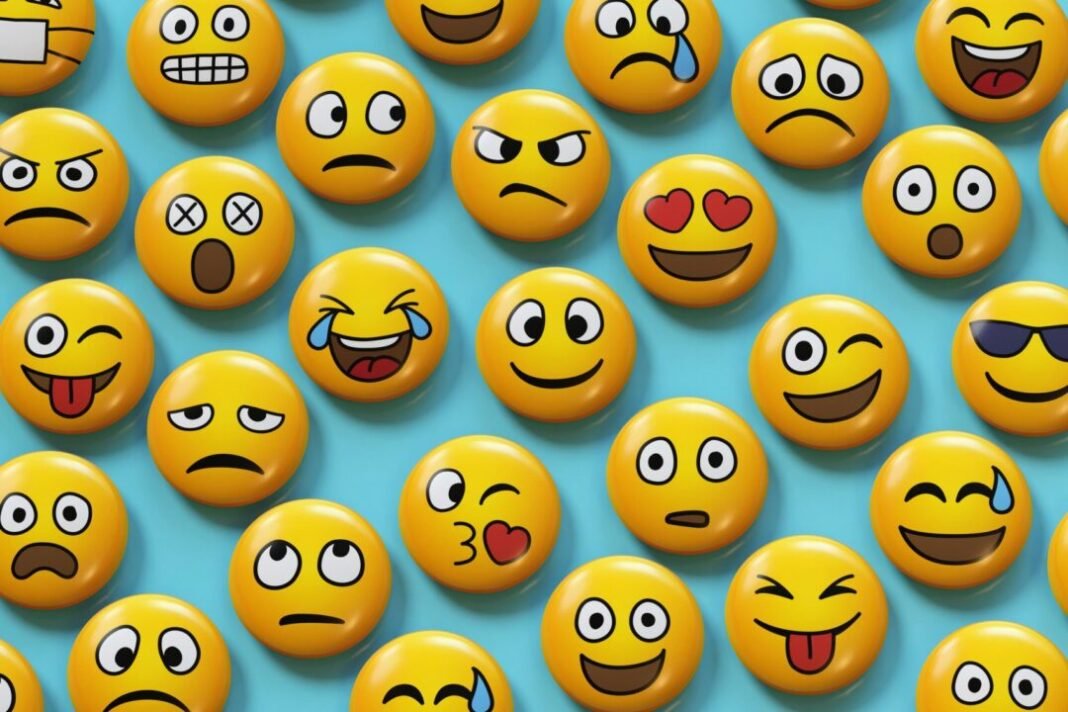By: Vinod Chandrashekhar Dixit
World Emoji Day has been celebrated on July 17 every year since 2014. In the digital age, using emoji makes us more effective communicators. Teenagers and adults worldwide are enamoured by the ‘emoji’ phenomenon. An emoji is a small image or icon which is used electronically, usually depicting emotions or common objects. Those iconic little Japanese images are more popular than ever before. Emoji originated from smiley, which first evolved into emoticons, followed by emoji and stickers in recent years. Smiley first appeared in the 1960s and is regarded as the first expression symbols. Smiley is a yellow face with two dots for eyes and a wide grin which is printed on buttons, brooches, and t-shirts.
Emoji are used more and more frequently in network communication, and the way they are used is becoming more and more diversified as well. Today, over 90 percent of the world’s 3.5 billion internet users use emojis, and it is not limited to millennials and younger users. They not only have unique semantic and emotional features, but are also closely related to marketing, law, health care and many other areas. All emoji are made with Unicode, but they all look different on different platforms, from Apple and Android to Facebook and Twitter.
Emoji has been adopted by the world over meaning you can communicate with the same icons to someone on the other side of the planet. Sending little photos can make communication across languages much easier. A smiley face provides a quick shortcut to expressing a universal emotion. Facebook recently improved the Like button by providing new emotions such as Happiness, Laughter, Anger, Sadness, and Love. Emojis are meant to be fun, light-hearted, and convey a broad range of emotions efficiently and in a way that words sometimes cannot. According to oft-cited data from digital communications startup Swyft Media, the world’s approximately two billion smartphone users send out six billion of the symbols each day. In 2015, the Oxford Dictionaries even named the “face with tears of joy” icon its Word of the Year.
Emojis were originally invented with the intention to keep up with the pace of technology by conveying messages with a flick. Today, they can be seen as a means of expression, in our day to day life as well as many advertising and social media campaigns. Besides, the use of emoji is associated with psychological differences. Some researchers in the field of psychology have also focused on emoji usage to search for the relationship between user’s behaviour and personality traits.
The adoption of emojis by social media platforms like Facebook, Twitter and WhatsApp have led to them becoming what they are today. Emojis are essential to communicate emotion, something that words cannot portray. There is no doubt that the role of an emoji is central to what drives effective communication and inducing an empathetic response. (The author is a freelance journalist, writer & cartoonist. He can be reached at dixitpatrakar@yahoo.in)







